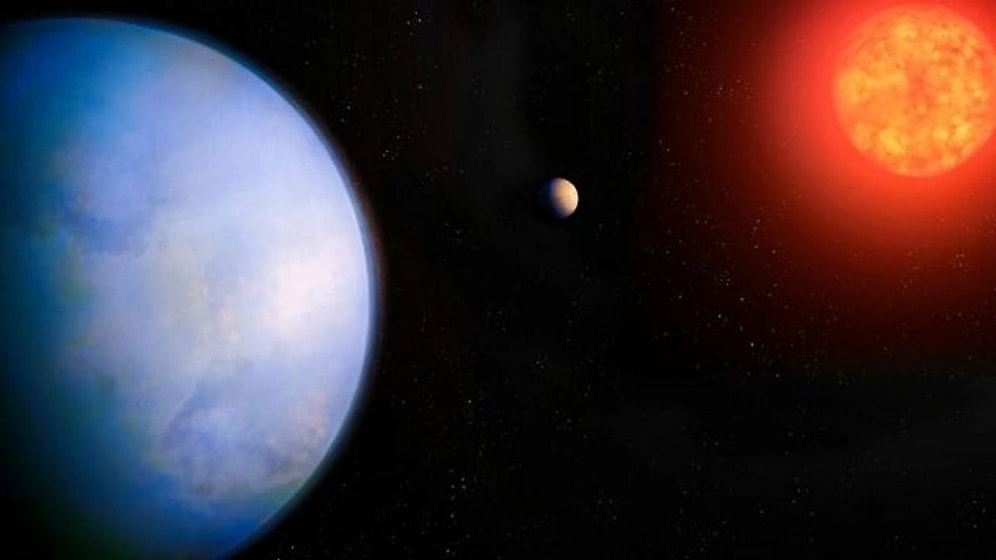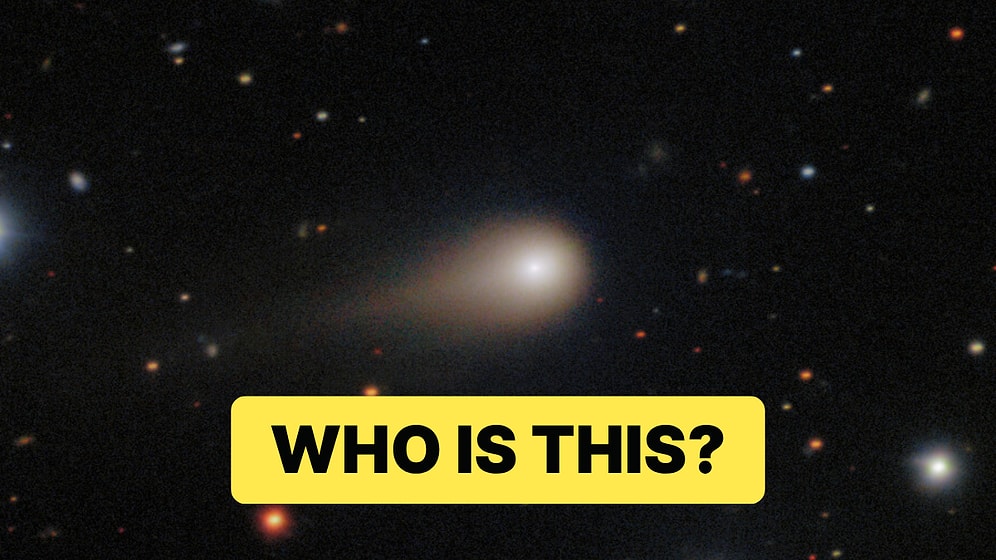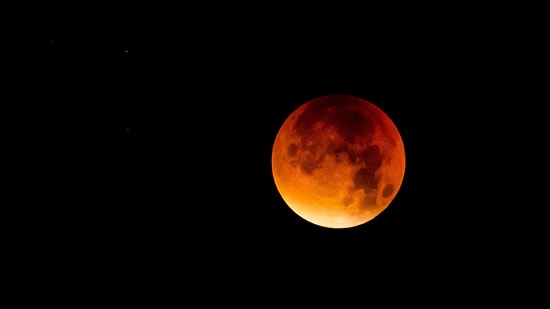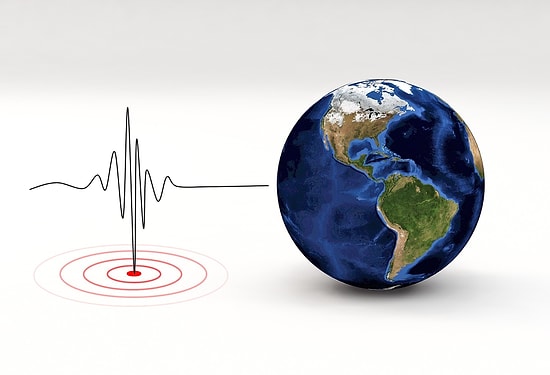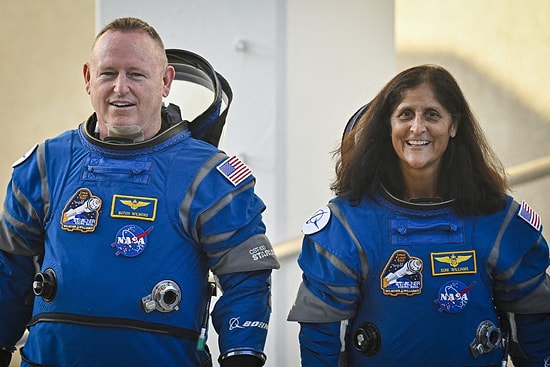NASA Astronauts Stranded in Space for 8 Months Might Struggle to Walk Upon Return
What was supposed to be an 8-day space mission turned into an 8-month ordeal for NASA astronauts Butch Wilmore and Suni Williams. Due to unexpected technical issues, their return to Earth was repeatedly delayed. Now, they are finally set to come back this Wednesday aboard a SpaceX capsule—but their challenges won’t end there. According to experts, they might have trouble walking due to weakened muscles and even painful calluses on their feet. What happens when astronauts spend too long in space? Here’s what you need to know!
When Is the Blood Moon Eclipse in 2025? Don’t Miss This Spectacular Celestial Event
The first eclipse of 2025 will occur on the night of March 13th – but this isn’t just any ordinary eclipse. After nearly 2.5 years, the world will witness a Blood Moon eclipse, a breathtaking event often shrouded in legend and referred to by some as the 'Blood Wolf Moon.' Visible to the naked eye from many parts of the world, this eclipse gets its 'blood' name because the moon will enter Earth’s shadow, causing a striking red hue due to light scattering in the atmosphere. But when exactly is the Blood Moon, and at what time? Read on to find out all the details!
Breakthrough in Blindness Treatment: Doctors Use Human Teeth as Eye Implants
A revolutionary medical procedure is giving new hope to blind patients—by using human teeth as eye implants! In a groundbreaking surgery performed at Mount Saint Joseph Hospital in Vancouver, Canada, doctors have successfully restored vision using a tooth-based implant. This cutting-edge technique aims to help those suffering from severe corneal blindness, opening the door to a potential cure. With three patients already undergoing the procedure, could this be the future of blindness treatment? Here’s everything you need to know!
The Shocking Truth About Lemons: They Were Created by Humans
Think lemons are a natural wonder? Think again! 🍋 Unlike oranges, mandarins, or grapefruits, lemons didn’t originally exist in nature—they were man-made through hybridization! 🤯 Dating back to ancient times, this sour citrus fruit was carefully crafted by humans, and its origins might surprise you. Want to uncover the fascinating history behind lemons? Let’s dive in! 👇🏻
The Reason Why We Can't Predict EarthQuakes
In order to predict earthquakes, scientists need to comprehend how they happen, what takes place right before and during the first stages. Even in today's world, these prove to be challenging as there are many factors that go into understanding earthquakes. Let's delve deeper into this process and see why the scientists cannot fully predict mother nature's tremors.
How to Unlock Your Brain’s Full Potential: 5 Proven Ways to Boost Mental Capacity
Have you ever wondered if we’re really using our brains to their fullest? 🧠 Despite the myth that we only use 10% of our brain, unlocking its true potential could change everything—from how we think to how we perform. But is it possible to stretch our mental limits? With neuroplasticity, focus techniques, and mental exercises, we can enhance our cognitive abilities and achieve more than ever before. Ready to tap into your brain’s untapped power? Let’s dive deep into how you can start boosting your mental capacity today! 🚀
Revolutionary Cancer Vaccine Breakthrough at Yale University: 9 Patients Cured
A groundbreaking cancer vaccine developed at Yale University is showing extraordinary promise, offering a potential cure for kidney cancer! In a remarkable Phase 2 trial, the vaccine has achieved complete remission in 9 patients, sparking hope for personalized cancer treatments. This immune-boosting breakthrough could change the future of cancer care forever. Read on to discover how this cutting-edge treatment is redefining the fight against cancer!
What Happens to Your Appearance When You Sleep Less Than 7 Hours?
Can just one night of poor sleep change the way you look? Absolutely! When we don't get enough sleep, our bodies send out warning signs, and the effects can be more obvious than we think. A recent study by sleep tech company Simba, with the help of artificial intelligence, reveals the startling changes in our physical appearance from sleep deprivation. 😱 Curious to know how just 7 hours (or less) of sleep can alter your look? Keep reading to see the surprising results! 👀
What Happens to Your Body While Watching Horror Movies?
Ever wondered why your heart races during a horror film? It’s not just the jump scares! Fear is more than just a psychological thrill—it triggers real biological responses. From the sudden spike in heart rate to the chills running down your spine, horror films can cause surprising effects on your body. 🎬🔬 Scientists have uncovered fascinating findings about how these films mess with our mind and physiology. Want to know what really happens to your body when you watch a scary movie? Keep reading to discover the shocking science behind it! 👀
The Greatest Meteor Storm in History: The Night the Sky Fell in 1833
Imagine witnessing a meteor shower in the 1800s—long before city lights could dull the view. Now, picture thousands of meteors per hour lighting up the night sky in an event so breathtaking that people thought the world was ending! That’s exactly what happened during the Great Meteor Storm of 1833, one of the most intense and mesmerizing Leonid meteor showers ever recorded. But what made this celestial event so legendary? Let’s dive into the night the sky fell! 🚀🌌
NASA Announces Exciting Update for Astronauts Trapped in Space for 8 Months
After being stuck in space for nearly 8 months due to technical malfunctions, NASA's astronauts are finally receiving some good news! These brave space explorers, who embarked on their mission back in June 2024, had their return delayed indefinitely. But now, NASA has just revealed a hopeful update on their return to Earth. Could they be coming home sooner than expected? Find out all the details below! 🚀🌍
NASA Astronauts Stranded in Space? The Health Risks No One Is Talking About
Two NASA astronauts, Suni Williams and Butch Wilmore, have been stuck in space far longer than planned. Originally set for an 8-day mission, they’ve now been waiting for nearly 8 months due to spacecraft malfunctions. While NASA insists they are in good health, experts warn of serious risks that could arise from prolonged space exposure. What are the hidden dangers they might be facing? Here’s what you need to know!
What Will Humans Look Like 1000 Years from Now?
As technology advances, genetic interventions rise, and life on Earth continues to evolve, scientists are asking: what will humans look like a thousand years from now? From shorter statures and shrinking brains to entirely new human species living in space, the possibilities are mind-blowing. Curious about how the future of humanity could unfold? Discover the groundbreaking predictions from experts on how we might evolve in the next millennium!
Scientists Discover Microplastics in the Most Remote Corners of Antarctica
Antarctica, known for its isolation and untouched beauty, has just revealed a shocking secret. In a groundbreaking study, scientists have discovered traces of microplastics in the farthest reaches of this frozen land. Microplastic pollution is no longer confined to bustling cities or oceans—it has now infiltrated even the most remote areas of our planet. Want to know more about this alarming discovery? Keep reading for the full details!

